By John A. Charles, Jr.
Politicians have a lot in common with magicians. Both rely on misdirection to ensure that you don’t see how the trick is performed.
One magic show receiving a lot of attention right now is HB 2021, passed by the state legislature in June. HB 2021 outlaws the use of fossil fuels for new electricity power plants in Oregon. That means electric utilities will be limited to two primary sources in the future: wind and solar (nuclear was outlawed in 1980).
This may sound like a nice idea, but it has one big flaw: wind and solar generators are dependent on the weather. In utility jargon, they are “intermittent” power sources that cannot produce electricity on command. This is a problem because supply of electricity to the grid must equal the demand at all times. Failure to maintain this balance leads to blackouts. Unlike water sitting in a storage tank, electricity must be consumed at the same time it is generated. Since consumption levels vary by the minute, grid operators need power sources that are reliable.
That’s where natural gas comes in. Gas is used worldwide to balance supply and demand when intermittent sources are used. In fact, natural gas is so important to renewables that a recent study covering 26 countries over a two-decade period showed a near-perfect 1:1 correlation between the growth of wind/solar capacity and the growth of natural gas.
Since Oregon legislators have now mandated solar and wind without natural gas, electric utilities will have to rely on backup power produced in other states. This is possible because Oregon’s electric lines are tied into a vast power network covering much of the west. This grid is powered by thousands of generating sources. When electricity from any individual source enters the system, the electromagnetic wave moves at nearly the speed of light throughout the grid, helping to power homes and offices everywhere.
The notion that politicians are “cleaning up” Oregon’s grid with HB 2021 is an illusion. By outlawing fossil fuels here, they are simply fobbing off responsibility to other western states where coal, gas, oil and nuclear are still allowed.
The new law also requires PGE and PacifiCorp to reduce greenhouse gas emissions by at least 80% by 2030 and 100% by 2040. This is another requirement that sounds nice but won’t work. PGE and PacifiCorp are already subject to emissions limits enacted by the legislature in 2007. In 2015 utilities were required to procure 15% of their electricity from certain renewable energy sources. For 2020 the mandate went up to 20%. It will go up to 25% by 2025. According to reports filed with the Oregon Public Utility Commission, the cumulative cost of compliance for the two utilities since 2013 has been $327 million.
It’s going to cost a lot more to reach 100%.
Forcing utilities to use more solar and wind will increase the risk of blackouts. The Northwest Power Council estimates that we have a 32% chance of an electricity shortage in 2023. The region will have a need for about 1,600 additional megawatts. To put that in perspective, PGE shut down the reliable, 550-megawatt Boardman coal plant in late 2020. The Northwest will need three more Boardman plants, and we don’t have them.
In summary, HB 2021 will increase the cost of electricity, while making the grid less reliable. If there are any environmental benefits for Oregon, such as reduced emissions from natural gas combustion, they will be offset by increased fossil fuel use in neighboring states. A better strategy would be to continue using natural gas as a back-up to wind and solar, while legalizing nuclear power. That should be on the legislative to-do list for 2022.
John A. Charles, Jr. is President and CEO of Cascade Policy Institute, Oregon’s free market public policy research organization.
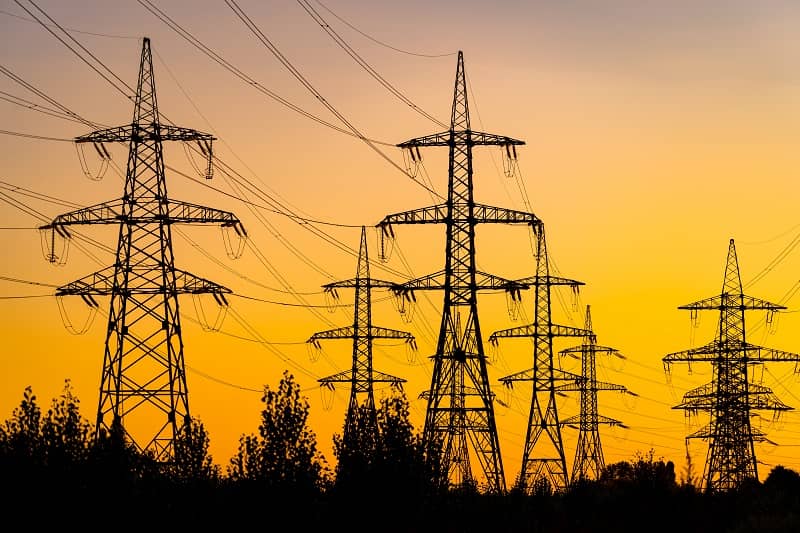
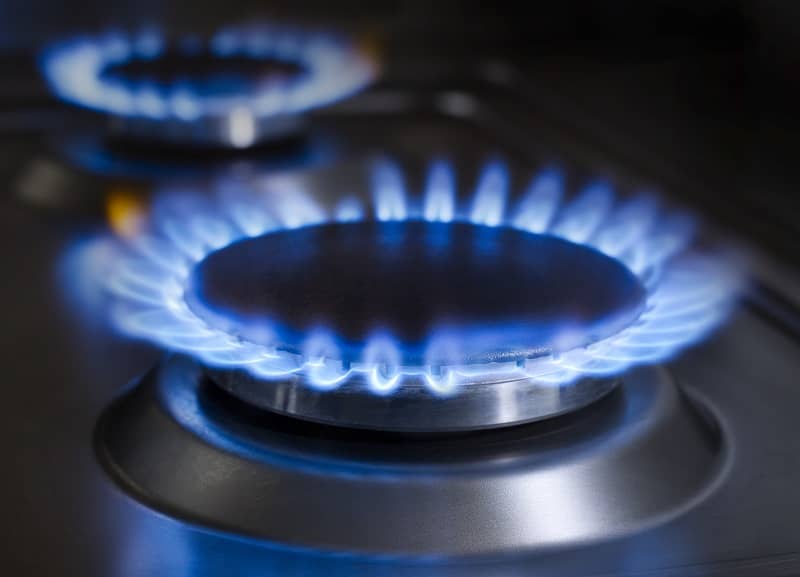



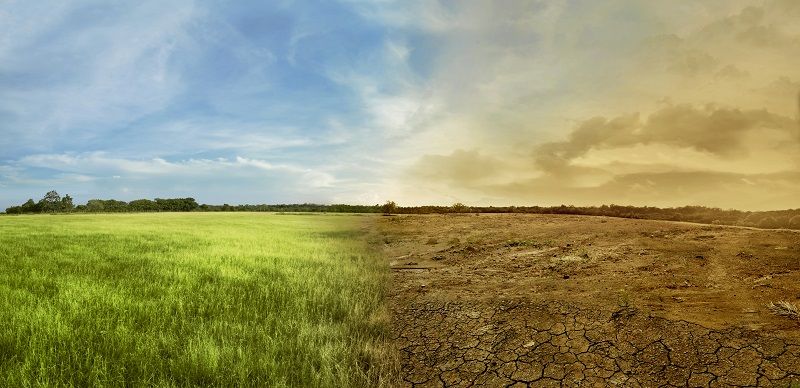
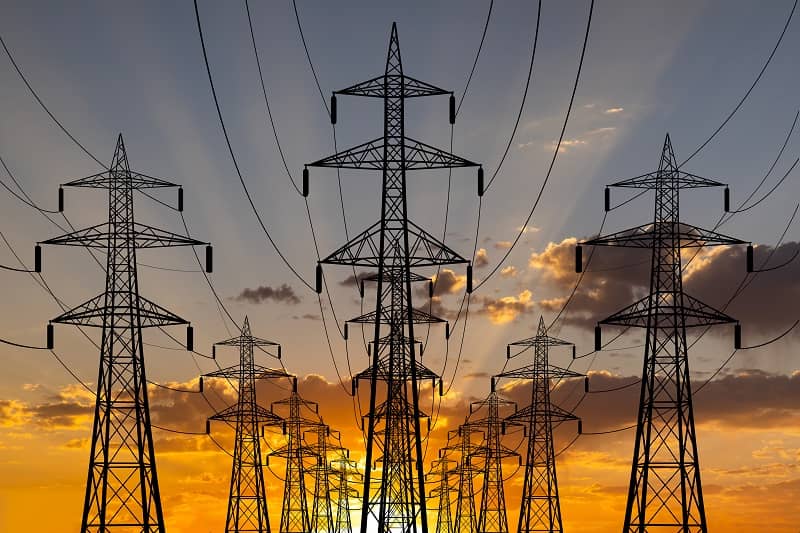
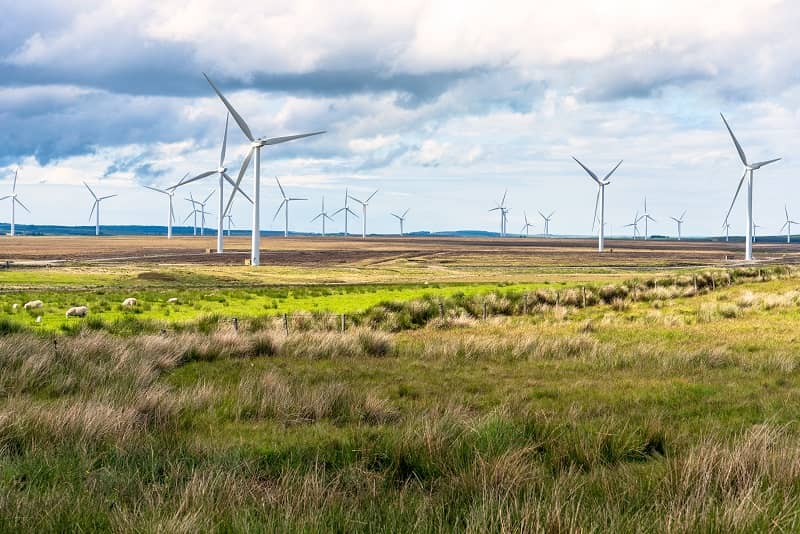





JimK
Here is one estimate of how much more this will cost:
If you assume (charitably) that the “levelized cost” of energy from the solar panels is the same as the “levelized cost” of energy from a natural gas plant, then this system with 15 times the capacity is going to cost 15 times as much. Plus the cost of storage. In this scenario, that is relatively modest. At current prices of around $200/KWH the 560 GWH of storage will run around $112 billion, or around half of the annual budget of the state government of California.
From: A Little Arithmetic: The Costs Of A Solar-Powered Grid Without Fossil Fuel Back-up
July 29, 2021/ Francis Menton
JimK
All this because of Al Gore’s climate scam. And media hype of more storms, rail, drought, and other bad weather which is actually NOT unusual:
Here is what the IPCC says:
Quotes & Facts from the IPCC (which is considered the bible of climate), NASA & the Bulletin of the American Metrological Society.
1. Earth only warmed 0.78 degree C up to 2012.
“Using Had-CRUT4 and its uncertainty estimates, the warming from 1850–1900 to 1986–2005 (reference period for the modelling chapters and Annex I) is 0.61 [0.55 to 0.67] C (90% confidence interval), and the warming from 1850–1900 to 2003–2012 (the most recent decade) is 0.78 [0.72 to 0.85] C (Supplementary Material 2.SM.4.3.3).”
Pg. 209 of https://www.ipcc.ch/site/assets/uploads/2018/02/WG1AR5_all_final.pdf
2. Man emits about 6% of total emissions.
Add the numbers on this NASA diagram: https://earthobservatory.nasa.gov/features/CarbonCycle/page1.php
3. CO2 causes only about 26-32% of the greenhouse effect. H2O causes 60-75%.
https://en.wikipedia.org/wiki/Greenhouse_effect#Greenhouse_gases which is based on Table 3 of: Bulletin of the American Meteorological Society Vol. 78, No. 2, February 1997 –
http://journals.ametsoc.org/doi/pdf/10.1175/1520-0477%281997%29078%3C0197%3AEAGMEB%3E2.0.CO%3B2
4. We do not have enough data to say that hurricanes have increased.
“Confidence remains low for long-term (centennial) changes in tropical cyclone activity, after accounting for past changes in observing capabilities.”
pg 178 of https://www.ipcc.ch/site/assets/uploads/2018/02/WG1AR5_all_final.pdf
5. We do not have enough data to say that storms have increased.
“Confidence in large-scale trends in storminess or storminess proxies over the last century is low owing to inconsistencies between studies or lack of long-term data in some parts of the world (particularly in the SH). {2.6.4}”
pg 178 of https://www.ipcc.ch/site/assets/uploads/2018/02/WG1AR5_all_final.pdf
6. No evidence that normal sea level increase has accelerated.
(Note that sea levels have been rising since the end of the last ice age – the issue is whether it is rising faster.)
“When a 60-year oscillation is modeled along with an acceleration term, the estimated acceleration in GMSL since 1900 ranges from: 0.000 [–0.002 to 0.002] mm yr–2 in the Ray and Douglas (2011) record, 0.013 [0.007 to 0.019] mm yr–2 in the Jevrejeva et al. (2008) record, and 0.012 [0.009 to 0.015] mm yr–2 in the Church and White (2011) record. Thus, while there is more disagreement on the value of a 20th century acceleration in GMSL when accounting for multi-decadal fluctuations, two out of three records still indicate a significant positive value. The trend in GMSL observed since 1993, however, is not significantly larger than the estimate of 18-year trends in previous decades (e.g., 1920–1950). “
Page 306 of https://www.ipcc.ch/site/assets/uploads/2018/02/WG1AR5_all_final.pdf
7. No evidence that floods have increased (per IPCC)
“AR4 WGI Chapter 3 (Trenberth et al., 2007) did not assess changes in floods but AR4 WGII concluded that there was not a general global trend in the incidence of floods (Kundzewicz et al., 2007). SREX went further to suggest that there was low agreement and thus low confidence at the global scale regarding changes in the magnitude or frequency of floods or even the sign of changes.”
pg 230 of https://www.ipcc.ch/site/assets/uploads/2018/02/WG1AR5_all_final.pdf
8. No evidence that droughts have increased
“Confidence is low for a global-scale observed trend in drought or dryness (lack of rainfall) since the middle of the 20th century, owing to lack of direct observations, methodological uncertainties and geographical inconsistencies in the trends.”
pg 178 of https://www.ipcc.ch/site/assets/uploads/2018/02/WG1AR5_all_final.pdf
9. Prediction of future climate is not possible.
“The climate system is a coupled non-linear chaotic system, and therefore the long-term prediction of future climate states is not possible. “ https://www.ipcc.ch/ipccreports/tar/wg1/501.htm (IPCC third Assessment Report (2001) Section 14.2.2.2, page 774) and Page 771, https://www.ipcc.ch/site/assets/uploads/2018/03/TAR-14.pdf
This shows that THERE IS NO CLIMATE EMERGENCY.
Also see: http://www.debunkingclimate.com/arguements.html
MORE, from other sources:
* Minoan, Roman & Medieval warm periods were warmer than now without man’s CO2.
Minoans – first civilization to appear on European soil
Roman warm period was when Hannibal crossed the Alps with elephants
Medieval warm period was when Vikings farmed areas of Greenland that is now permafrost and buried their dead under what is now permafrost.
* The recent rate of warming is not unusual.
CET, our oldest government climate record, shows several instances of warming faster than now:
1692 to 1733 was from 7.73 to 10.5 for 2.77 degree in 41 years, or 0.068 /yr
1784 to 1828 was from 7.85 to 10.32 for 2.47 degree in 44 years, or 0.056 /yr
1879 to 1921 was from 7.44 to 10.51 for 3.07 degree in 42 years, or 0.073 /yr
1963 to 2014 was from 8.52 to 10.95 for 2.43 degree in 51 years, or 0.048 /yr
CET data is at: https://www.metoffice.gov.uk/hadobs/hadcet/cetml1659on.dat
Derivation of above is at: http://www.debunkingclimate.com/no-rapid-warming.html#no-rapid-warming
* Climate correlates better with Cosmic Ray intensity than with CO2
Friis Chistensen 2007 at https://wattsupwiththat.com/2010/12/18/cosmically-heliospherically-and-terrestrially-fyi/
Figs 1 & 2: http://icecap.us/images/uploads/SvensmarkPaper.pdf
http://www.atmos-chem-phys.net/10/10941/2010/acp-10-10941-2010.pdf
* NOAA has been “adjusting” climate data, making today’s warmth look much greater than actual thermometer readings show.
(https://cdiac.ess-dive.lbl.gov/epubs/ndp/ushcn/ts.ushcn_anom25_diffs_urb-raw_pg.gif)
In view of these facts, there is NO LOGICAL REASON to believe that man’s CO2 is causing climate catastrophe.
Bill Davis
Summary: Requires retail electricity providers to reduce greenhouse gas emissions associated with electricity sold to Oregon consumers to 80 percent below baseline emissions levels by 2030, 90 percent below baseline emissions levels by 2035 and 100 percent below baseline emissions levels by 2040.
It’s 8/21 and the deliverable isn’t until 12/30 so 9 years and 4 months. Government is setting a direction so where do you see the challenge in Oregon meeting the guidance? Also, solar and wind are not the only renewables, where is biomass, geothermal, hydropower, wave energy, http://pacwaveenergy.org/ , etc.? And let’s not forget nuclear also fills a gap and there is much potential for hydrogen.
And to highlight a major drawback of natural gas, methane, a greenhouse gas, is a byproduct, https://www.nationalgeographic.com/science/article/super-potent-methane-in-atmosphere-oil-gas-drilling-ice-cores .
Oregon is setting a goal and at no point are fossil fuels banned, the state is just striving towards generating cleaner energy and transitioning towards that. To call out the goal setting seems premature as this isn’t going to happen overnight, it will take years.
And would welcome you providing more detail around this, “If there are any environmental benefits for Oregon, such as reduced emissions from natural gas combustion, they will be offset by increased fossil fuel use in neighboring states.”
Appreciate the opportunity to provide feedback and welcome yours.